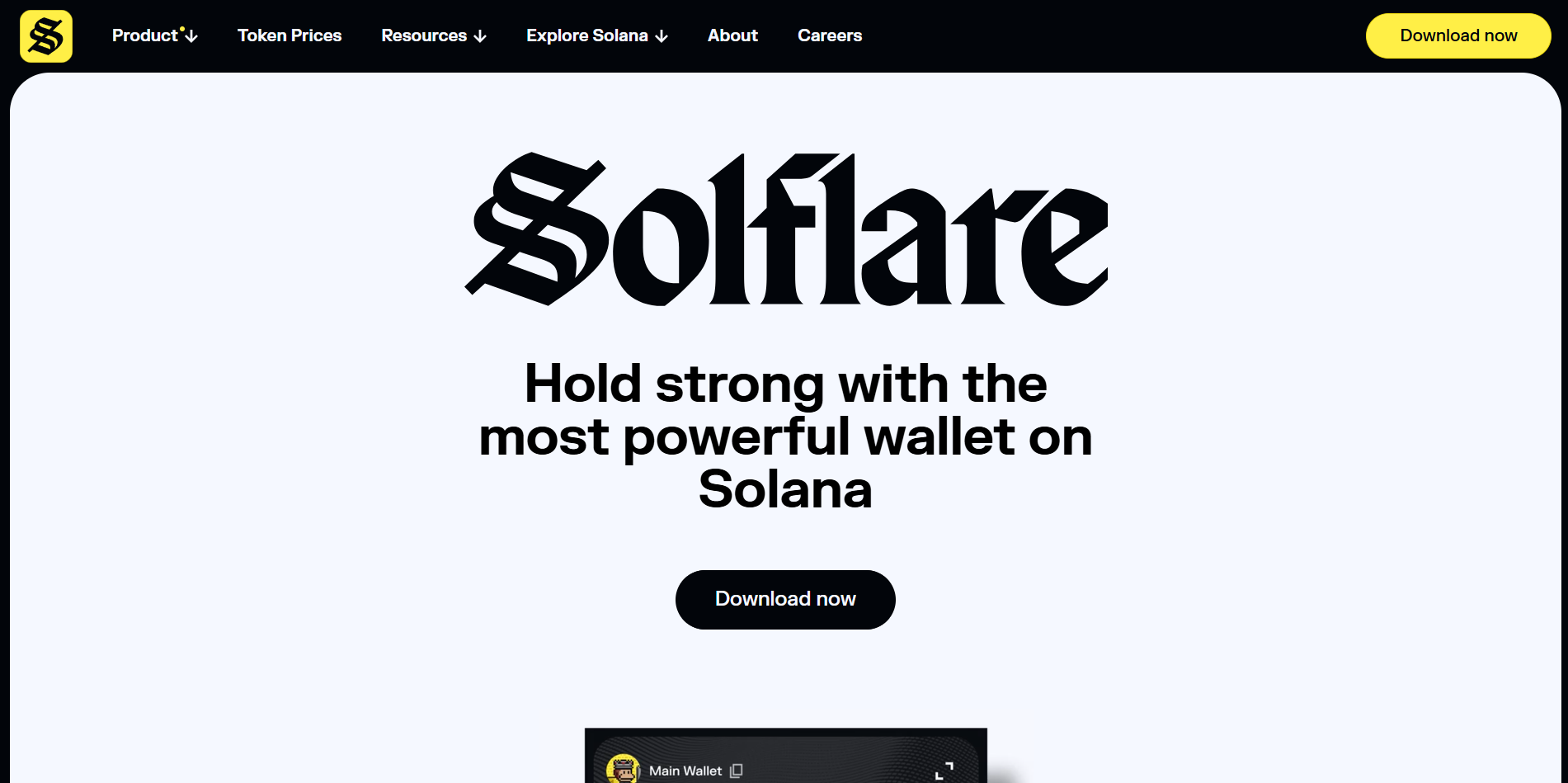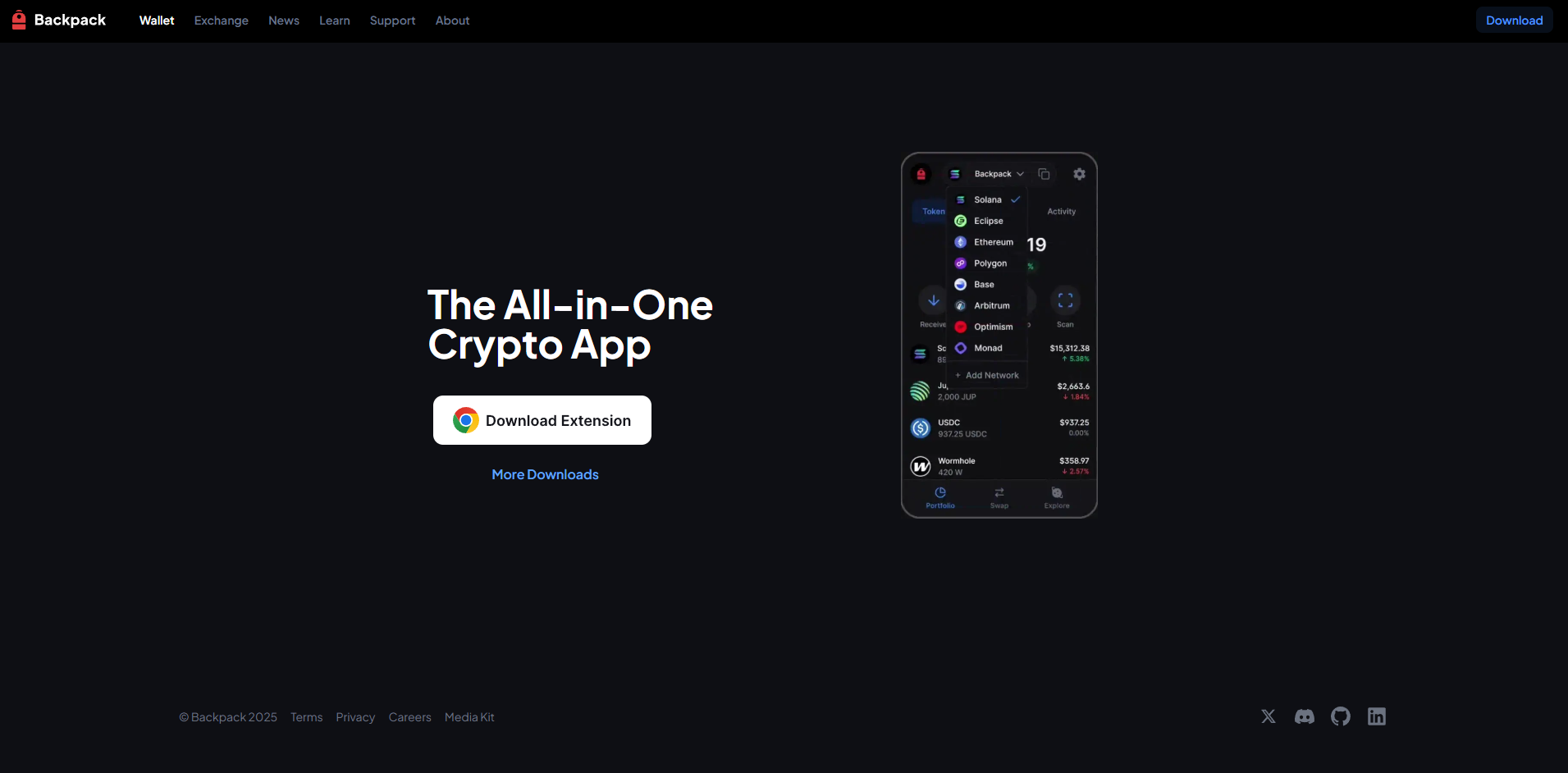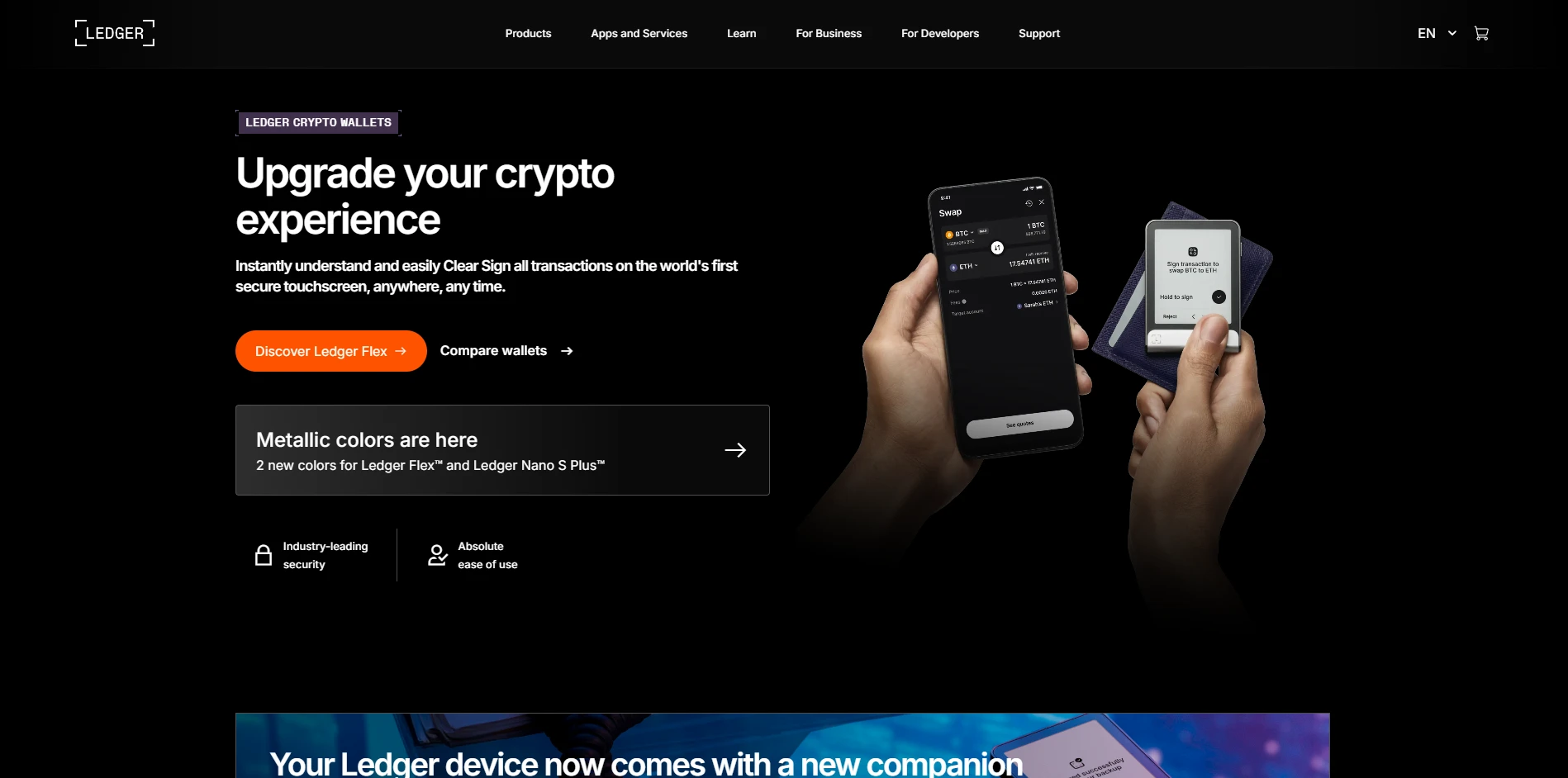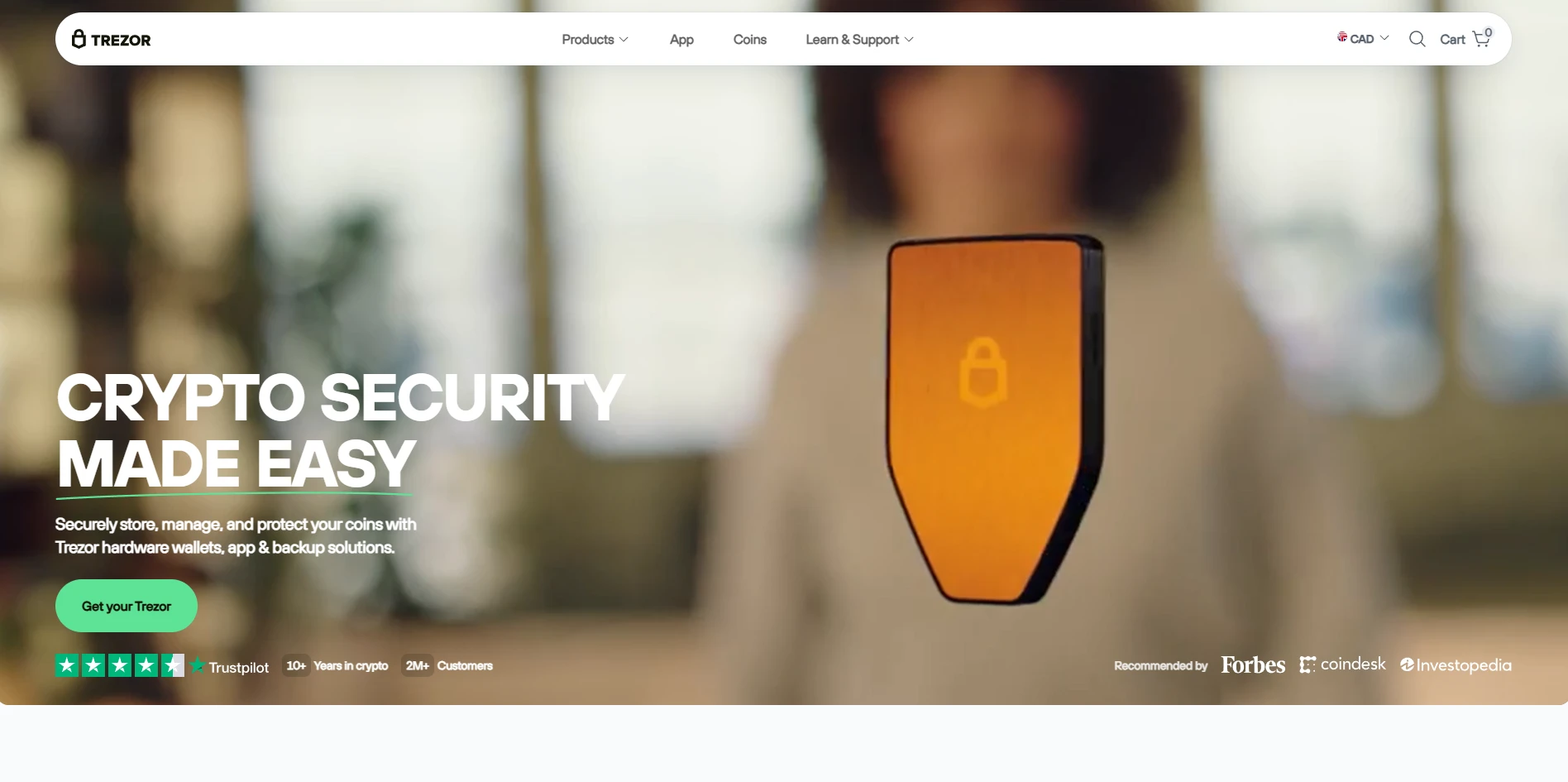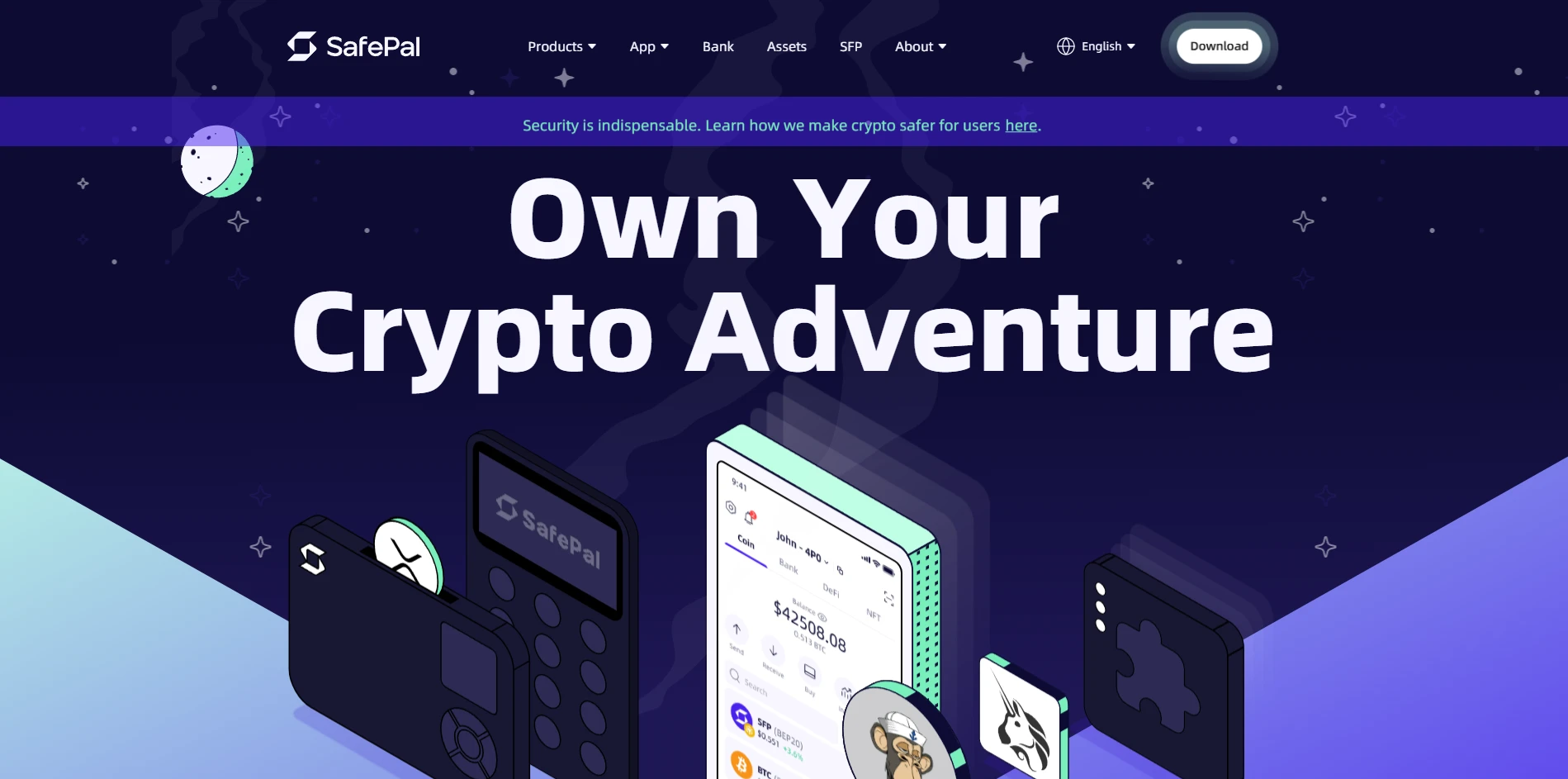Cryptocurrencies like Solana require specialized tools to manage, store, and transact digital assets. A wallet serves as this foundational tool by providing a secure solution for managing your Solana (SOL) and SPL tokens. Notably, Solana wallets play a crucial role in the broader ecosystem by enabling users to interact with dApps and manage their holdings securely.
Solana wallets fall into two categories: custodial and non-custodial. Custodial wallets, similar to traditional bank accounts, are managed by third parties. They safeguard your private keys—often at the cost of reduced privacy and control. In contrast, non-custodial wallets like Phantom allow users to retain full control over their digital assets by keeping private keys offline.

